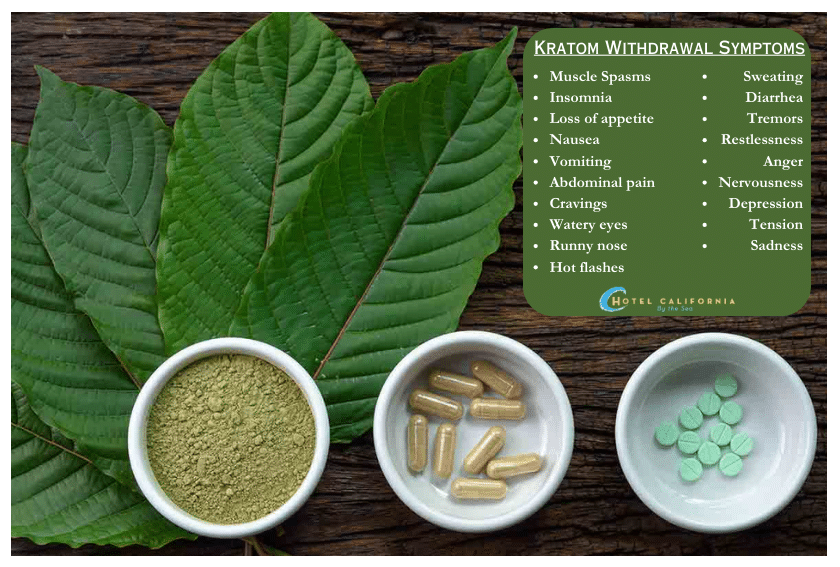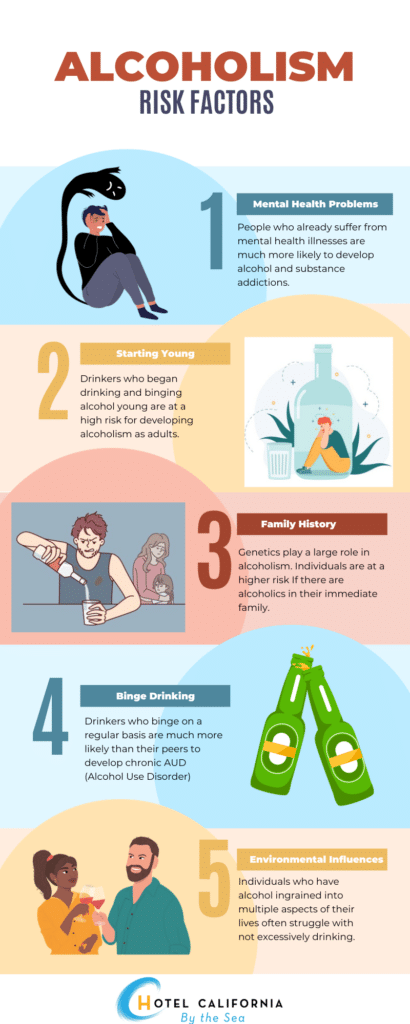How do Kratom and Alcohol Interact?
Kratom and alcohol are federally legal substances in the United States. However, just because they are legal doesn’t mean they are safe to use especially together. Studies have shown many people who go to the hospital with Kratom-related problems, often also have issues with other substances such as alcohol. The combination of Kratom and alcohol can produce serious adverse effects including an increased risk for respiratory depression, decline in cognitive functions and a higher risk of overdose. The National Institutes of Health strongly advises against co-using both drugs because of their combined risky sedative effects on the central nervous system.

The most common symptoms of Kratom and alcohol use are the development of drug tolerance, physical dependence and addiction. Drug tolerance is described as the need to take more drugs in order to experience the same effects. Physical dependence is characterized by changes in mood and behavior that make it more difficult and sometimes dangerous to stop using drugs. When an addiction is present, it is a chronic and relapsing mental disorder where the user continues to engage in destructive drug-using behaviors despite repeated harm and negative consequences.
What is Kratom?
Kratom is a substance that is extracted from the leaves of a tropical plant native to Southeast Asia. Indigenous people from Southeast Asia traditionally chewed on the leaves of the Kratom plant to help boost energy levels, increase productivity and relieve aches and pains in the body. However, over time, the use of the substance has changed and is often misused. Kratom is actually one of the most widely abused substances in Thailand.
At low doses of Kratom, the drug can produce side effects of increased energy and decreased pain. At higher doses, Kratom can produce sedative-like effects of relaxation and elevated mood similar to opioids and other depressant drugs like alcohol. Depending on dosage, Kratom can produce both stimulant and sedative effects. Kratom powder is the most common form of the substance.
According to the FDA, in 2021, studies found that almost two million Americans used Kratom to treat pain and anxiety. It is often marketed as a “wellness wonder”, an alternative to prescription medication or a home remedy form of self-medication. To date, there are not enough clinical studies or evidence to support any long-term effects of Kratom use.
Although it is not a controlled substance, it doesn’t mean the drug comes without risk.

Kratom and Alcohol
Despite the risks and dangers of co-using Kratom and alcohol, why do people continue to polysubstance use? People who use drugs often combine Kratom and alcohol in an attempt to intensify what Kratom can produce in large doses. When combined with alcohol, users experience more intense feelings of being “drugged” compared to using each drug separately. Most often the drugs are used together to enhance the effects of alcohol. Some users claim even the smallest amount of Kratom with alcohol can amplify alcohol’s effects.
Side effects of combining Kratom and Alcohol use:
- Kidney damage and failure
- High bilirubin levels and liver damage
- Irregular heart rate and risk for cardiac arrest
- Nausea and vomiting
- Agitation and confusion
- Risk for coma
- Shallow breathing and respiratory depression
- Hallucinations
- Seizures
- Loss of consciousness and coma
- Permanent organ damage or failure
- Increased sedation – Slows down the brain impairing cognitive functions, making it difficult to think clearly and stay awake. Being overly sedated can cause a person to become slower in reaction and put them at higher risk for accidents to happen.
- Rhabdomyolysis – Break down of muscle tissue that can release toxic protein into the bloodstream.
- Overdose
- Dependence and addiction – Can lead to symptoms of withdrawal of both substances when drug use has drastically stopped or declined.

Both Kratom and alcohol have depressant characteristics. When two depressant substances are taken together, it can put tremendous strain on the body. It can worsen depression, worsen anxiety, worsen sleep conditions and contribute to the development of addiction or co-occurring mental health conditions.
In some cases, the depressant effect of alcohol works to cancel out the stimulating effects experienced with Kratom. This can trick a person’s brain into thinking they need to take more Kratom. When taking more Kratom, the higher dose causes depressant effects leading to even more symptoms of heavy sedation. This leads to a drastic slowdown in the central nervous system and increases the risk of a person falling into an overdose and coma.
Check Your Insurance Coverage for FREE
Find out if your insurance covers addiction treatment in minutes. We accept most insurance!
Flaws in Kratom regulation and its impact on the safety of Kratom and alcohol use
Kratom is a legal substance. However, it is not FDA regulated. Consumer-based non-profit organization American Kratom Association (AKA) says the FDA is putting consumers at risk by not regulating the popular herb. Because of the lack of regulation in Kratom products, consumers are left to self-navigate the marketplace with very little knowledge.
The AKA believes the FDA has an obligation to help consumers understand the marketplace and regulate any potential harm when it comes to Kratom products. The lack of regulation and persecution of Kratom vendors who unlawfully market their product claims can put lives at risk. For example, some vendors fail to provide adequate or accurate labeling on contents and serving sizes. This could lead to deadly toxins being unknowingly ingested. Many Kratom products have been found to contain heavy metals like lead and nickel, toxins and other contaminants. Long-term heavy metal poisoning can lead to conditions such as anemia, high blood pressure, nervous system damage, kidney damage, and cancer.
According to the organization, the FDA continues to ignore the reality that millions of Americans have and are continuing to use Kratom products at their own risk. In an attempt to help keep Kratom as a safe substance, the AKA issued its own set of Consumer Guidelines for Kratom Use. It helps consumers better understand how to safely and effectively use Kratom products.
When unregulated Kratom and then used alongside alcohol, it can cause even greater damage to unsuspecting consumers. Users are at risk of ingesting Kratom products mixed with unknown contaminants in combination with another mind-altering substance like alcohol.
Reach out to Hotel California by the Sea
We specialize in treating addiction and other co-occurring disorders, such as PTSD. Our Admissions specialists are available to walk you through the best options for treating your addiction.
Treatment for Kratom and Alcohol Abuse
The growing popularity of Kratom products has set off a new trend in drug use. The polydrug use of Kratom and alcohol. Both are legal substances under the federal law. However, there are a handful of states that have banned and limited the sale of Kratom. When used in large doses, Kratom can produce sedative opioid-like effects on the central nervous system. When paired with alcohol, another powerful central nervous system depressant, it can cause intensified and dangerous side effects on the user. Hotel California by the Sea understands the cycle of drug use and understands what clients need to overcome their addiction.
We specialize in alcohol use disorder, substance use disorder, polysubstance use disorder as well as co-occurring mental health disorders. Our program provides different levels of care starting with detox, residential and outpatient programs. In addition to pharmacological treatments such as medication-assisted treatments and long-term medication management, we also incorporate cognitive therapies as part of the holistic healing process. Evidenced-based treatments such as CBT, DBT, EMDR therapy and family therapy help clients get to the root cause of their addiction. Hotel California by the Sea provides a comprehensive treatment plan to clients at all levels of treatment and recovery.
References:
https://www.cbsnews.com/news/kratom-health-benefits-risks-death/
https://www.foodsafetynews.com/2023/12/industry-group-calls-for-fda-regulation-of-kratom/
https://www.seattlemet.com/discover/kratom/kratom-alcohol/
https://tuliphillrecovery.com/kratom-and-alcohol/
https://www.eleanorhealth.com/blog/all-about-kratom
https://zinniahealth.com/substance-use/kratom/with-alcohol
https://www.healthline.com/health/kratom-and-alcohol
